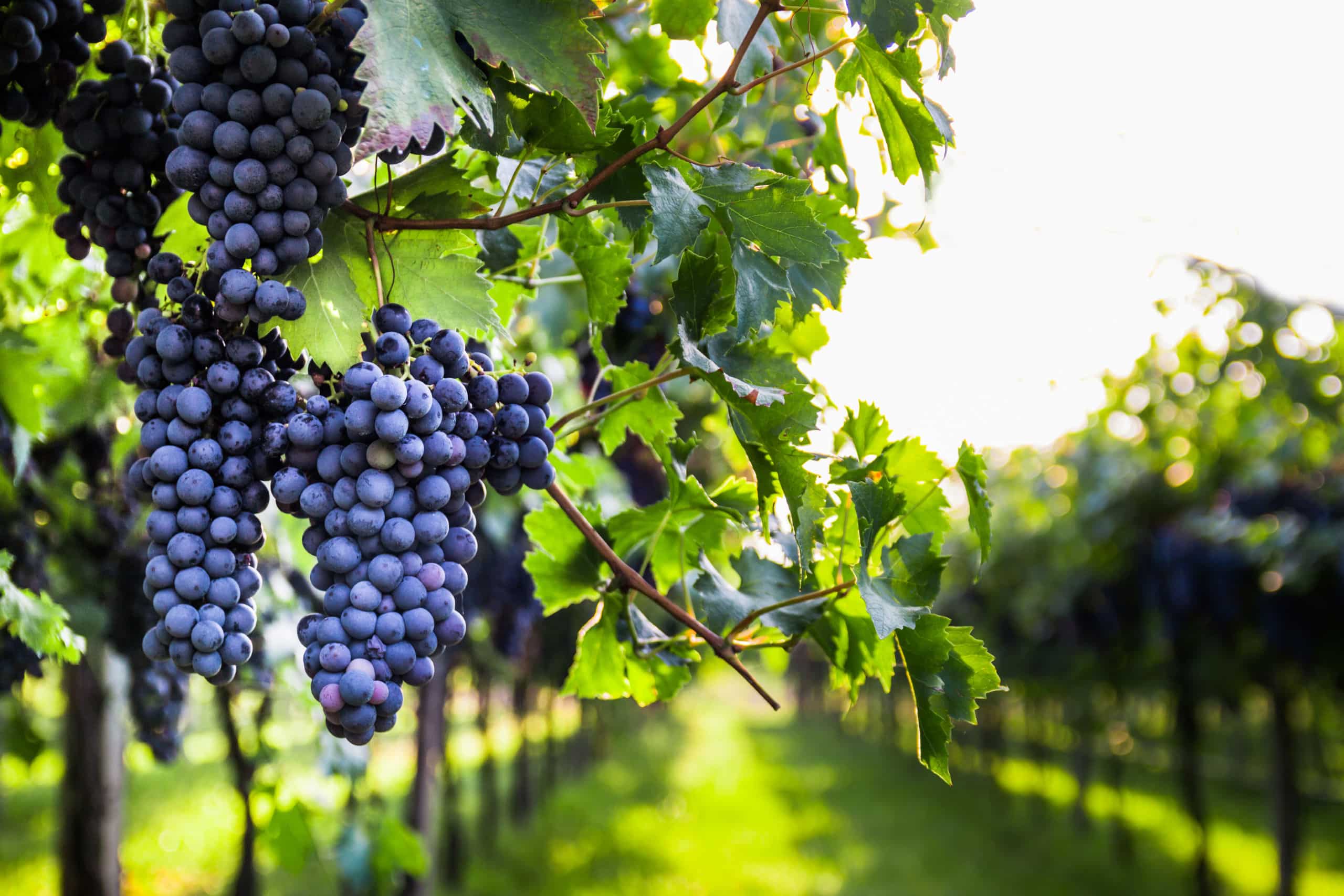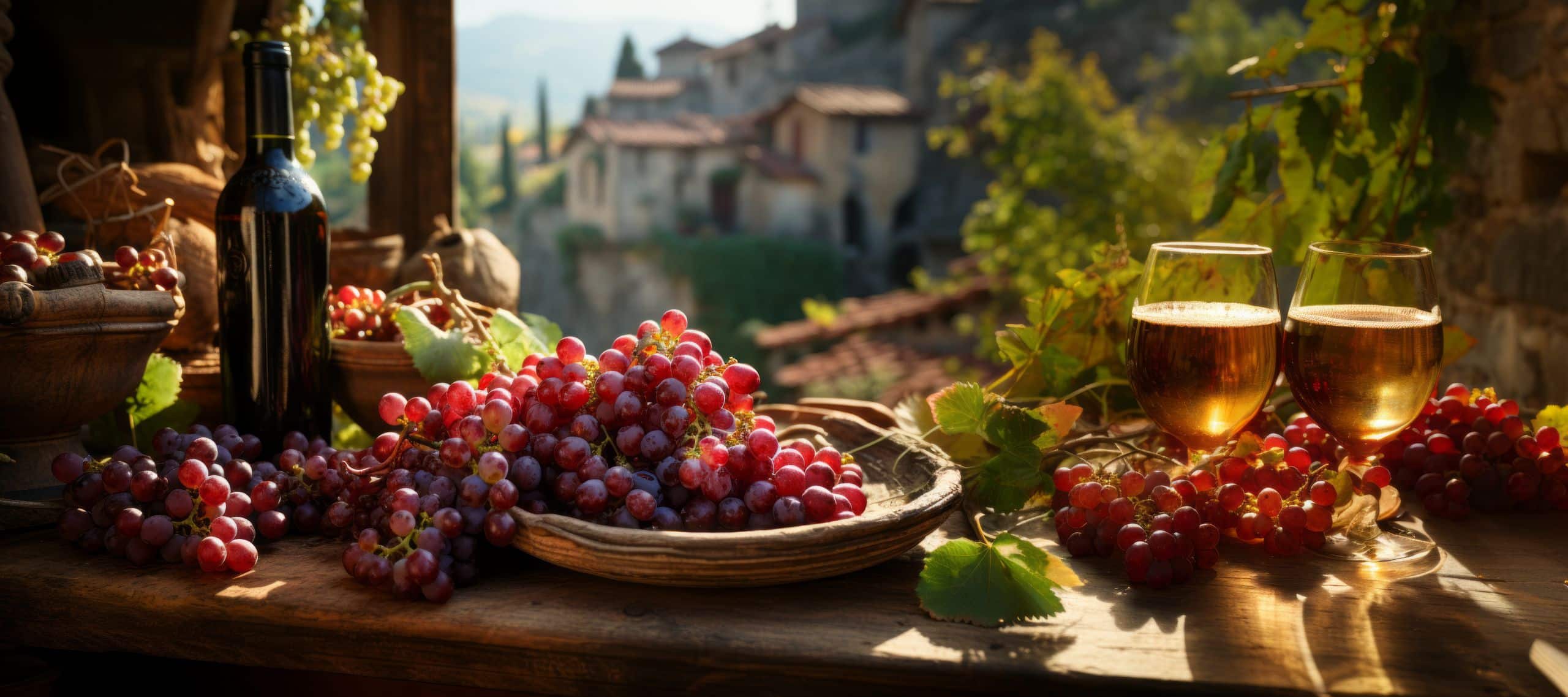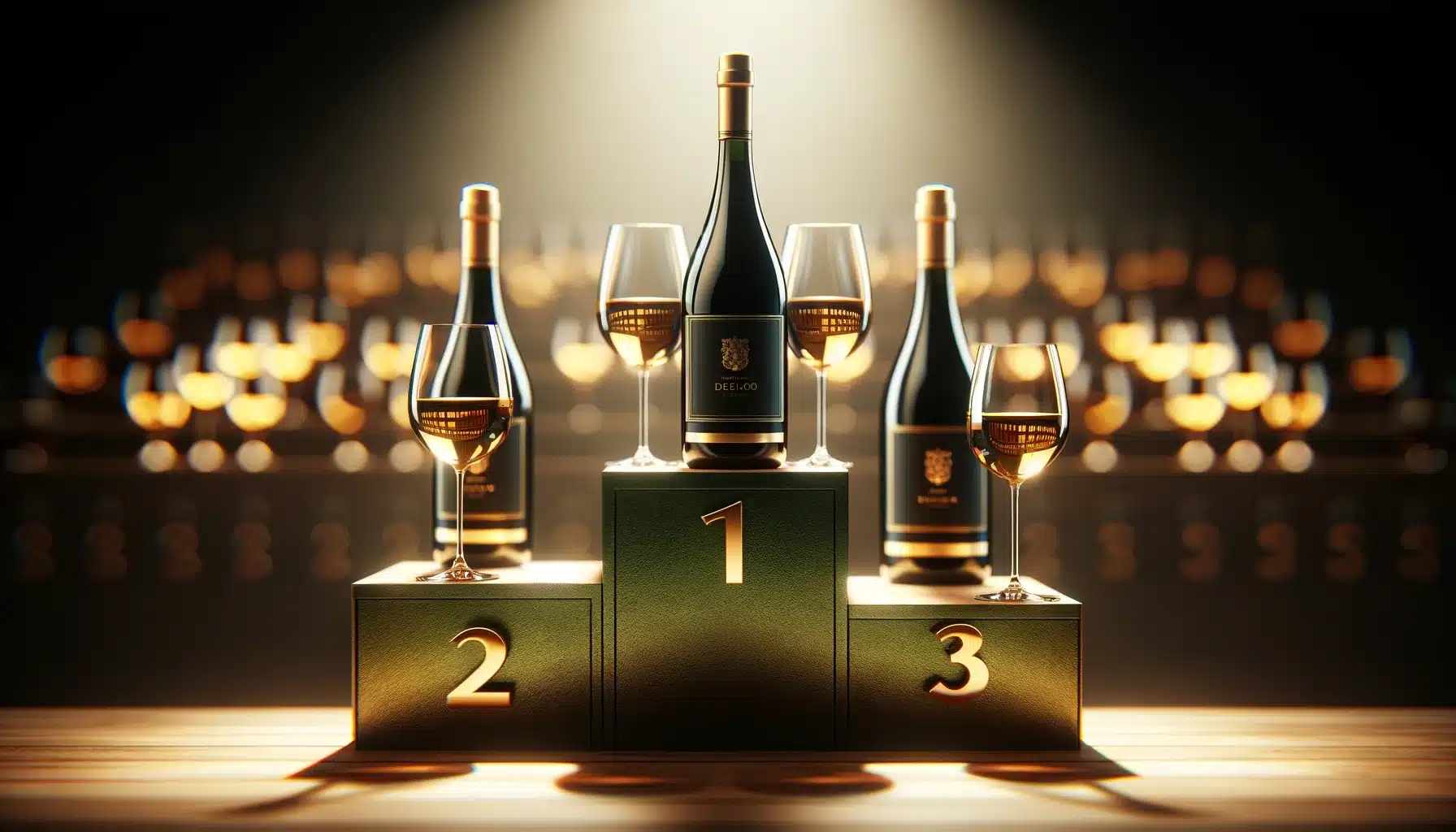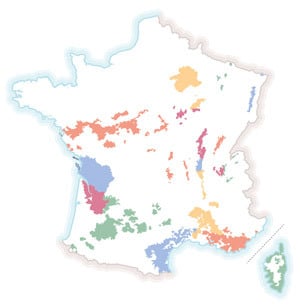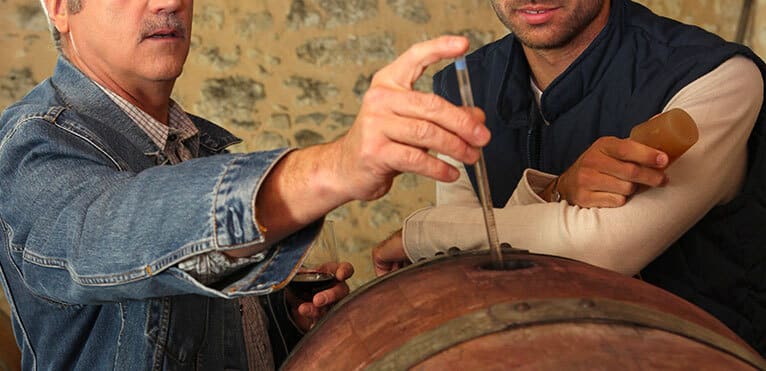
Contents
Sulfur dioxide, sulfite, bisulfite, sulfurous oxide, SO2… is a gas with antiseptic properties. When applied to wine in moderation, it protects the liquid from oxidation and stabilizes it once bottled. While we are accustomed to adding sulfites to wine, we mustn’t forget that indigenous yeasts naturally produce SO2.
Why sulfites?
Originally, wines were more sour than they are today. Indeed, without added sulfites, wines are more likely to “turn sour” and take on a slightly sour edge. With the development of Bordeaux vineyards in the 18th century, the emergence of modern oenology and advances in hygiene, the introduction of sulfur dioxide revolutionized winemaking.
As an antiseptic, sulfite, when introduced in the right quantities, stabilizes the wine once it has been bottled. It can also protect wine from various hazards such as transport and temperature variations.
Sulfites are introduced when the grapes are put into the vat to fix the wine, at the end of alcoholic fermentation to block malolactic transformation, during aging to prevent bacterial growth, or during filtration and bottling.
To SO2 or not to SO2?
If sulfites first appeared as a solution, you’ll have noticed that many wines claim to be low in SO2, or to have no added sulfites. As sulfur is exogenous, it doesn’t appeal to biodynamic and nature-loving winemakers, who prefer to put their fruit’s endogenous yeasts to work. Also, when too present, it becomes a defect in wines and can cause headaches, tingling, odors…
A wine with no added sulfites is also a wine that is more natural and expresses itself without hindrance. If it’s well made, it can more faithfully convey the expression of the terroir that gave it birth, and offer more expressive and diverse aromas.
In addition, the introduction of sulfur during winemaking is controlled by measures introduced by the European Union. In fact, doses are limited to 150mg/L for red wines, 200mg/L for white and rosé wines and 300 to 400mg/L for sweet wines. Since red wines contain tannins, they need less SO2 to be stabilized, whereas white, rosé and syrupy wines are more fragile and need to be fixed.
Photo : Adobe Stock – auremar
